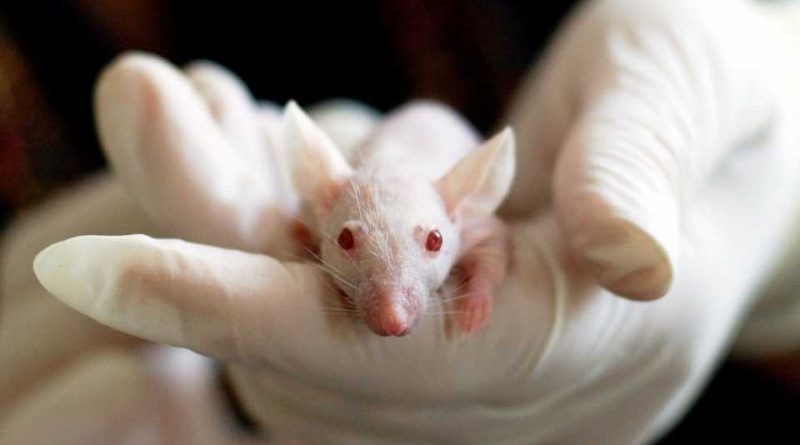Aging process slows when older mice share circulatory system of young

A process of surgically joining the circulatory systems of a young and old mouse slows the aging process at the cellular level and lengthens the lifespan of the older animal by up to 10%.
Appearing online July 27 in the journal Nature Aging, a team led by Duke Health researchers found that the longer the animals shared circulation, the longer the anti-aging benefits lasted once the two were no longer connected.
The findings suggest that the young benefit from a cocktail of components and chemicals in their blood that contributes to vitality, and these factors could potentially be isolated as therapies to speed healing, rejuvenate the body and add years to an older individual’s life.
“This is the first evidence that the process, called heterochronic parabiosis, can slow the pace of aging, which is coupled with the extension in lifespan and health,” said senior author James White, Ph.D., assistant professor in the departments of Medicine and Cell Biology at Duke University School of Medicine and the Duke Aging Center.
White and colleagues set out to determine whether the benefits of heterochronic parabiosis—surgically fusing two animals of different ages to enable a shared circulatory system—were fleeting, or more long-lasting.
Earlier studies at Duke and elsewhere documented anti-aging benefits in tissues and cells of the older mice after three weeks of parabiosis. These studies found that the older mice became more active and animated, and their tissue showed evidence of rejuvenation.
“Our thought was, if we see these anti-aging effects in three weeks of parabiosis, what happens if you bring that out to 12 weeks,” White said. “That’s about 10% of a mouse’s lifespan of three years.”
White said the ages of the mice were also important, with the young mouse aged four months, and the older mouse aged two years.
With follow-up during a two-month detachment period, the older animals exhibited improved physiological abilities and lived 10% longer than animals that had not undergone the procedure.
At the cellular level, parabiosis drastically reduced the epigenetic age of blood and liver tissue, and showed gene expression changes opposite to aging, but akin to several lifespan-extending interventions such as calorie restriction.
The rejuvenation effect persisted even after two months of detachment.
In human terms, the parabiosis exposure would be the equivalent of pairing a 50 year-old with an 18-year-old for about eight years, with the effects adding eight years to the person’s lifespan.
White said the experiment was designed to study if long-term exposure of young blood will cause lasting effects in the old mouse. Pairing humans for heterochronic parabiosis is obviously not practical or even ethical, he said. He also noted that other anti-aging strategies, such as calorie restriction, work better to extend longevity in mice.
“Our work points to a need to explore what factors in the circulation of youthful blood cause this anti-aging phenomenon” White said. “We have demonstrated that this shared circulation extends life and health for the older mouse, and the longer the exposure, the more permanent the changes.
“The elements that are driving this are what’s important, and they are not yet known,” White said. “Are they proteins or metabolites? Is it new cells that the young mouse is providing, or does the young mouse simply buffer the old, pro-aging blood? This is what we hope to learn next.”
More information:
Nature Aging (2023). www.nature.com/articles/s43587-023-00451-9
Journal information:
Nature Aging
Source: Read Full Article
